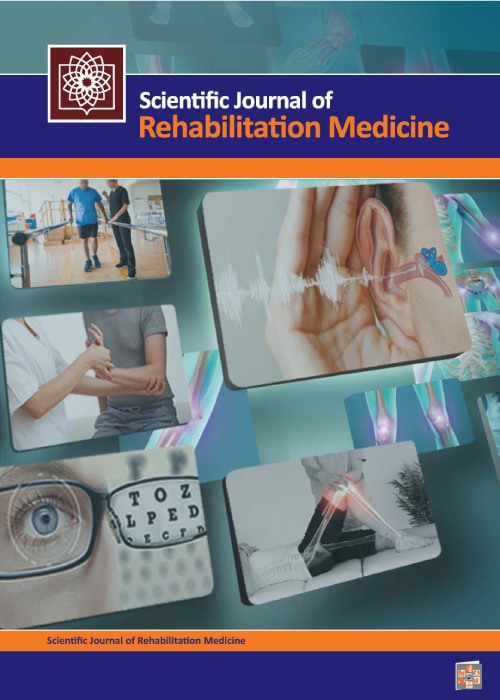Effect of Different Vibration Frequencies on Improving Sports Performance: A Review Article
Background and Aims:
Whole body vibration (WBV) is one of the relatively new interventions that is widely used in physiotherapy and sports physiotherapy. It is becoming more common due to its positive effects on the neuromuscular system. The WBV device produces oscillations and its intensity is determined based on the parameters of frequency, amplitude, and duration of vibration. According to the previous studies, some parameters of this device results in increased muscle activity, strength, and power. Muscle strength and power are the two most important factors in musculoskeletal efficiency. As a result, sports performance variables such as jump height and running speed are affected by WBV. According to previous studies, if the vibration is applied with appropriate parameters, it can be effective in improving the performance of individuals in activities such as jumping and running. Furthermore, it has been shown that frequency parameter is more important than other vibration parameters since it has a greater effect on musculoskeletal performance. As a result, this study aims to review the studies on the effects of various WBV frequencies on functional variables in sports activities.
Methods:
A search was conducted in PubMed, Scopus, and Google Scholar databases to find studies about the effect of WBV frequencies on jumping and running.
Results:
According to previous studies, the frequency of 30-50 Hz resulted in an immediate increase in countermovement jump and squat jump heights. The frequencies of 18-35 Hz and 40 Hz, when used for a long time, also increased the heights of countermovement and squat jumps, respectively. In a few studies, the 26 and 20-Hz frequencies improved the heights of horizontal, countermovement, and squat jumps. Moreover, 30-Hz frequency increased running speed and step length and reduced the running duration in a certain distance. The frequency of 45-Hz immediately reduced the step length and increased the step rate during running on a treadmill.
Conclusion:
The 30-Hz frequency is the most common WBV frequency with a positive effect on jumping and running abilities. In both acute and chronic conditions, this frequency may have a positive impact on the kinetic and kinematic variables of jumping and running. As a result, this frequency is suggested for improving an individual's neuromuscular performance in sports activities.
Vibration , Jumping , Running , Performance , Biomechanics
- حق عضویت دریافتی صرف حمایت از نشریات عضو و نگهداری، تکمیل و توسعه مگیران میشود.
- پرداخت حق اشتراک و دانلود مقالات اجازه بازنشر آن در سایر رسانههای چاپی و دیجیتال را به کاربر نمیدهد.



